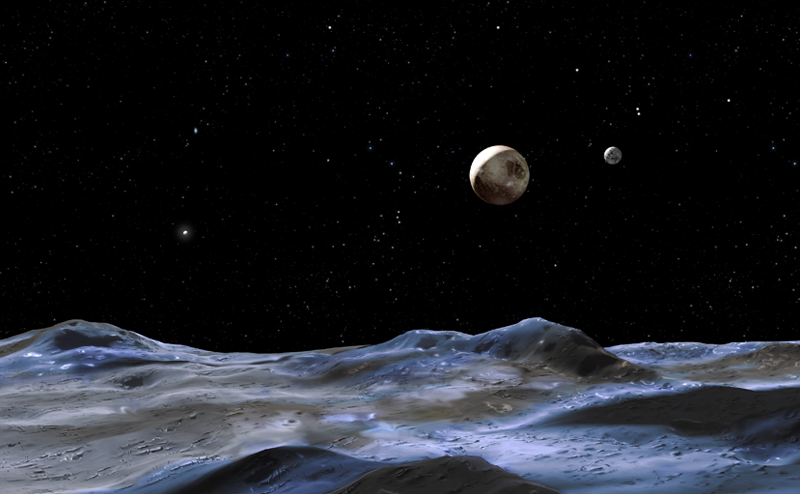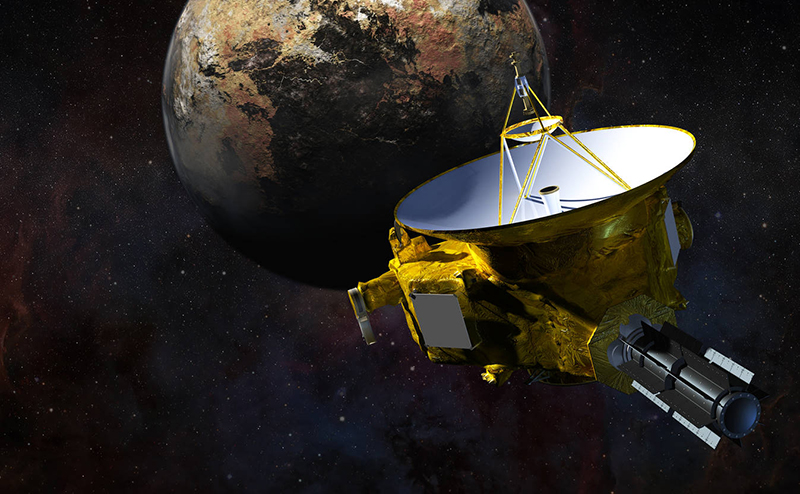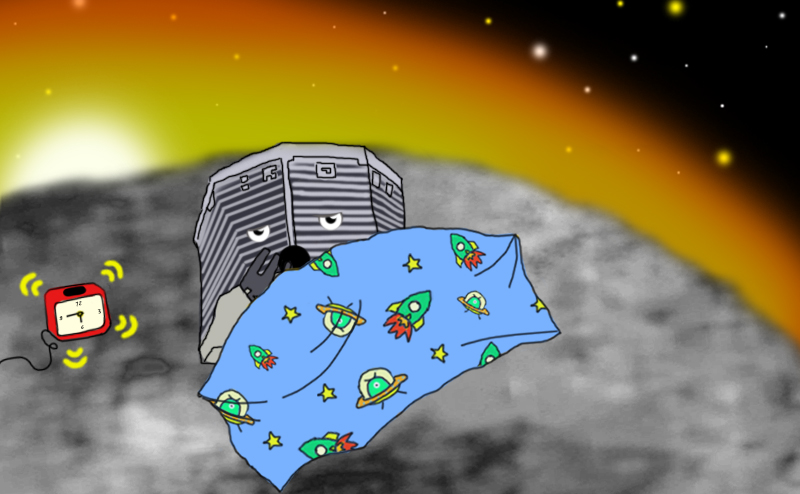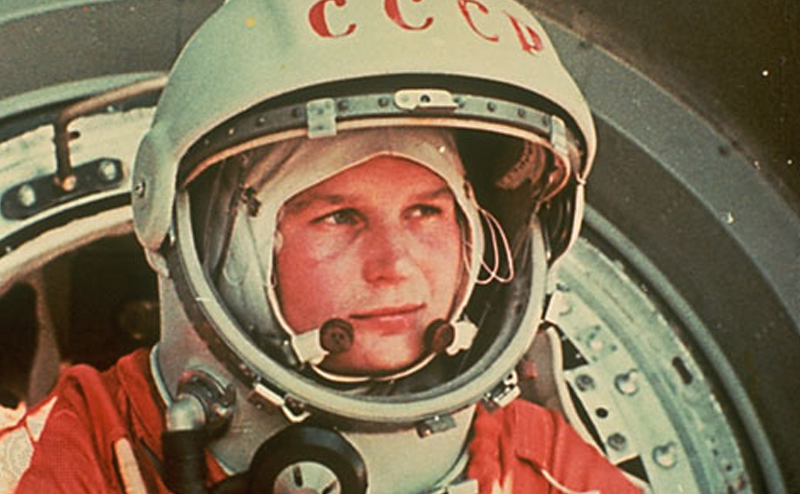Articles
Seven days, lots of science in the news. Here’s our roundup of some of the week’s most notable and quotable items. The first color movies of Pluto are starting to arrive from the New Horizons spacecraft. Dwarf porcupines can’t jump. Laser beams can be used to control the shape and direction of electrical discharges. Iowa State University researchers created tiny soft robotic tentacles that can handle delicate objects safely. The Neptune-sized planet GJ 436b sports a comet-like tail created by its red dwarf home star blasting 1,000 tons of hydrogen gas off the planet’s atmosphere every second. Yeti crabs have distinctive “hairs” on their bodies that provide a place for its favorite food source, bacteria, to grow. Genetically modified wheat tweaked to emit an insect-warning pheromone to drive away pests failed in field trials with aphids. Climate change is already thinning out California’s wildflowers.
Read MoreThe first roller coaster at Coney Island, which opened in June 1884, would barely rate in the kiddie section of a modern-day amusement park. The “Switchback Railway” trundled along at just six miles per hour over a series of gentle hills. Nowadays, roller coasters can put you through loop-de-loops, send you screaming up 38 stories to momentarily rise up free of gravity, and even hang you from a shoulder harness, limbs a-dangle, shooting through corkscrews and switchbacks and cobra turns, with your life in the hands of engineering. Arguably, no other leisure activity makes physics quite so visceral as the roller coaster. Here’s a quick breakdown of the forces that cause your stomach to drop—and keep you in your seat.
Read MoreSeven days, lots of science in the news. Here’s our roundup of some of the week’s most notable and quotable items: The Philae lander woke up on a comet and reestablished contact with Earth after a nice seven-month nap. To see better at night, the hawkmoth slows down its own brain. MIT physicists created the coldest chemically stable molecules ever by cooling sodium potassium gas down to 500 nanokelvins, more than a million times colder than the void of space. Korean researchers used graphene to create the world’s thinnest light bulb. Methane was discovered on meteorites from Mars, lending credence to the idea of life on the Red Planet.
Read MoreIn the United States, when we think of the first woman in space, the name Sally Ride probably leaps to mind. But—no disrespect to Ride—the Soviets beat America to gender parity in space by 20 years. The first woman to slip the surly bonds of Earth was cosmonaut Valentina Tereshkova, who blasted off in the spherical, 7.5-foot-wide cabin of the Vostok 6 spacecraft in June 1963. Tereshkova spent about three days in space, during which she orbited the Earth 48 times. She was also in close radio contact with another cosmonaut, Valery Bykovsky, in Vostok 5, which had launched two days previously. (Originally Vostok 5 was also supposed to be piloted by a female cosmonaut, but that changed due to budgetary concerns, according to Space.com).
Read MoreSeven days, lots of science in the news. Here’s our roundup of some of the week’s most notable and quotable items: Saturn’s Phoebe ring, discovered in 2009, is much larger than originally thought—270 times the size of the planet itself. Wild chimpanzees in Guinea regularly get drunk on fermented palm tree sap. (Wonder if it helps with their anxiety issues?) Chimpanzees around the world, whose population has declined from around a million at the beginning of the 20th century to an estimated 172,000-300,000 today, are now protected as “endangered” species, regardless of whether they live in the wild or are held in captivity. For the first time, a baby was born using transplanted ovary tissue frozen back when the mother was a child.
Read More
Seven days, lots of science in the news. Here’s our roundup of some of the week’s most notable and quotable items.
Read More














